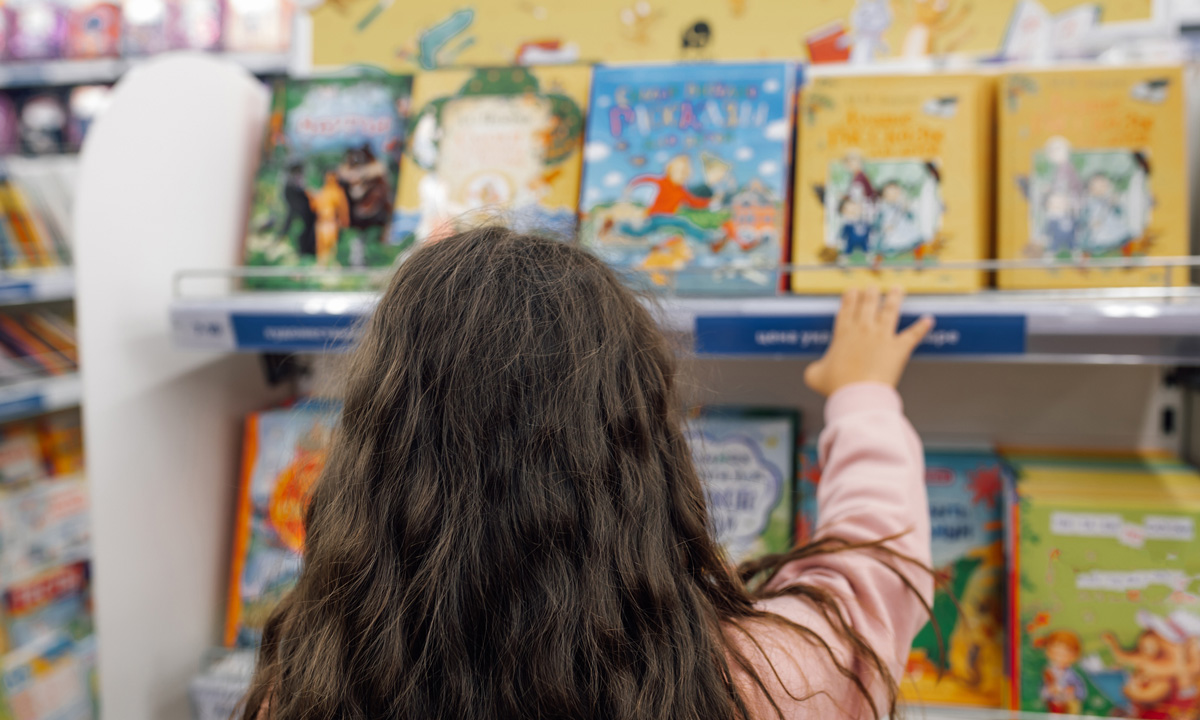We Shouldn’t Accept That Some Kids With Disabilities Just Won’t Learn to Read
Rodriguez: Teachers need evidence-based, structured, supplemental foundational curriculum to help struggling readers master challenges.

Get stories like this delivered straight to your inbox. Sign up for The 74 Newsletter
There’s something people don’t tell you about being a special education teacher: It can feel lonely.
We’re often left out of schoolwide instructional conversations. We don’t always have mentors who understand our setting. And there’s still resistance in some buildings to true inclusion and co-teaching.
But when it comes to reading, especially in special education, we celebrate small victories. A student decoding her first word. Another raising his hand to read aloud. A reluctant reader smiling as she opens a book. But those moments — joyful as they are — shouldn’t be rare. And they shouldn’t feel miraculous. They should be common.
I’ve been a special education teacher for seven years. And I’ve seen firsthand what happens when we as teachers believe in students with disabilities — and give them structured, high-quality reading instruction. I’ve also seen what happens when we don’t.
Far too often, we quietly accept that some kids, especially those with individualized education programs, just won’t learn to read. That they’ll always struggle. That their reading growth will be slow, if it comes at all. We build systems that manage that failure. We adjust our expectations. And we wait.
This year, I stopped waiting.
For years, I cobbled together lessons from online worksheets and Pinterest printables, trying to meet each student’s reading needs during 30-minute blocks that felt shorter every day. I’m often responsible for more than 40 students across kindergarten through fifth grade, with service times ranging from 30 to 300 minutes per week.
I had no curriculum, no sequence, no scaffolding — and worse, no results.
That changed this past year when, for the first time, I began using an evidence-based, structured, supplemental foundational curriculum. I’m not in the business of promoting one curriculum over another, but you can find programs like this from Heggerty, Reading Horizons, Really Great Reading, Wilson and others. Whatever you choose, ensure it’s research-based, structured, focused on foundational reading skills, and proven-effective for the resource room population.
My program followed a consistent daily routine, built-in review, and offered skill checks that I could actually use to inform my IEP goals. Once my students understood the structure, they knew what to expect. They knew where we were going. And they started to believe that they could get there.
Many of my students went from dreading reading instruction to asking to come early. They saw their own progress and became more motivated by it.
This was the year I saw the most academic growth of my career.
Students with disabilities face daily uncertainty in school: instructions they don’t understand, tasks they’re not ready for, expectations that shift depending on the classroom. This is why routines and procedures matter so much.
From the first week of school, I taught every group the expectations of our classroom. Together, we created a classroom contract around three core values: Be kind. Work hard. Respect our learning environment. We didn’t just sign it — we lived it. Eventually, students began referring one another back to it. It gave them ownership. It gave them structure.
That consistency made my room feel safer. And when students feel safe, they can take academic risks. They can read aloud. Ask questions. Try again.
Even for students I saw just once a week, the structure stuck. That’s the power of routine. It doesn’t just save time — it builds trust.
One of the most important lessons I’ve learned is about language — and how much of it our students are expected to process at all times. For students with disabilities, especially those with ADHD or slow processing speed, every word we say adds to their cognitive load. That’s why I’ve learned to cut “language clutter” wherever possible.
Instead of giving constant verbal feedback, I use gestures or visual cues. I simplify my instructions. I give students room to think. This shift has made a remarkable difference — not just in student focus, but in confidence.
Teaching isn’t about how much we say. It’s about how much our students can absorb, make sense of, and apply.
This past year affirmed what I’ve always believed but hadn’t always seen: students with disabilities can make significant reading growth — when we give them the proper support.
That starts with structured instruction that’s actually usable in a resource setting. It means giving special education teachers access to curricula that are efficient, repeatable, and grounded in research — not just programs that check a box.
It also means investing in mentorship and training tailored to the realities of resource classrooms. New teachers need more than general guidance — they need support from people who understand their schedules, caseloads, and instructional demands. Educators need to understand the reading brain, the science behind structured instruction, and what real IEP implementation entails.
Finally, we need to create school cultures where general and special educators collaborate, rather than compete — where co-teaching is supported from the top down, and students benefit from a unified team.
As I move into a new role as a reading specialist this coming school year, that’s where I’m putting my energy. I want to help other teachers implement IEPs with fidelity, understand the reading brain, and make structured literacy work in real classrooms.
We don’t need to wait for perfect conditions. We just need to start with what works, stay consistent, and hold onto the belief that every student — especially those with IEPs — deserves the chance to become a reader.
Get stories like these delivered straight to your inbox. Sign up for The 74 Newsletter

;)
